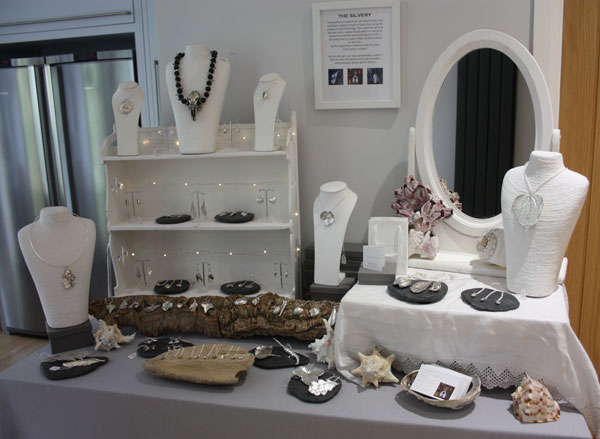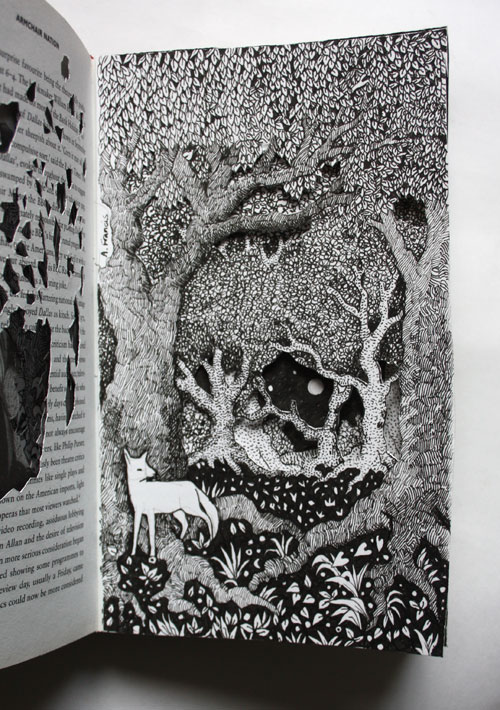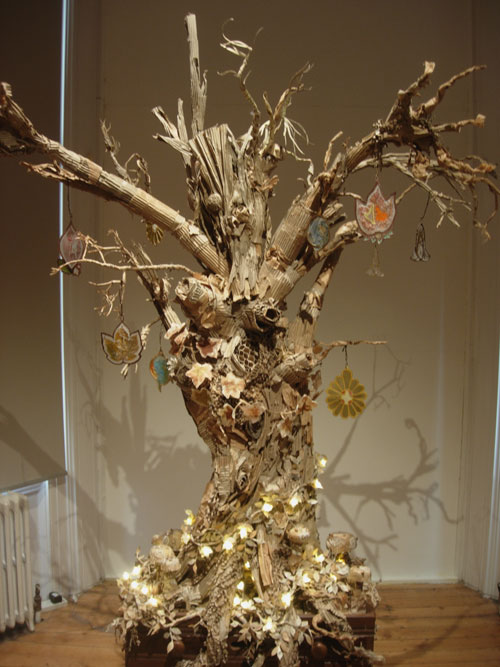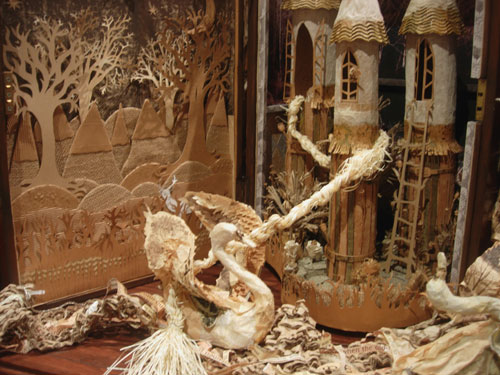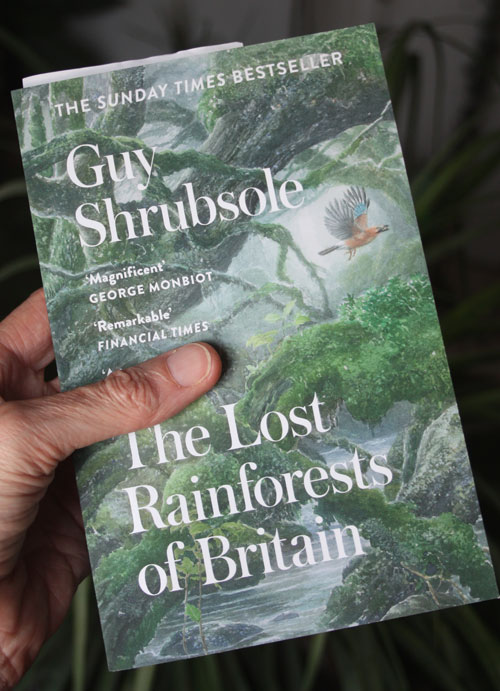I have a love of trees and at the monent I am reading Walking With Trees, by Glennie Kindred – and a charming book it is.

I’ve been aware of Glennie’s books and illustrations for some time, as I’ve submitted artwork to the Earth Pathways Diary that she jointly founded. I was very pleased to have been gifted her latest book by a kind friend.
Glennie explores thirteen trees native to the UK in thirteen chapters. Each chapter investigates a species of tree under various headings. First there’s an overview of the tree. Then each tree’s signature picture and qualities are covered, along with associated myths, legends and folklore. There are subheadings covering kitchen medicine, crafts, how to grow the tree, it’s Ogham symbol and how it fits in with the wheel of the year. Lastly there’s Glennie’s personal account of being with each tree. A comprehensive appendix rounds off the book.
Walking With Trees is beautifully written – far from field guide, but just as informative – and it features the author’s lovely drawings.

Reading the book I feel much more intimate with the trees and want to go and commune with them like Glennie does. I particularly like her personal accounts of sitting with or experiencing companionship with each tree that close each chapter.
One thing that really stands out in the signature qualities of almost every tree Glennie writes about is how communal they are. Community shouts loud and clear, over and over again. I know that trees form vast interconnections beneath the ground with mycorrhizal fungi, but I wonder if this says more about Glennie herself than about the trees. I also wondered whether there are trees that thrive in solitude, until I read about Bristlecone Pines in an article in Aeon magazine. They’re not UK natives though – far from it.
My only other query with the book so far is how Glennie writes that Elder trees aren’t found together. Perhaps that’s usually true, but walking the springline of the South Downs I’ve often found areas thick with elder trees. They’re not exactly my favourite trees, although I’m admiring those in the garden that are currently full of blossom. I’m encouraged to collect a few flower heads and make elderflower cordial :)
As I was walking through my local Withdean Woods a week or so ago I noticed the fresh, apple green leaves of a small-leaved lime. Glennie’s book doesn’t cover Lime trees, so I thought I’d do a little research myself and write about them in my next blog post :)
*Update: The book does cover solitary trees afterall!








